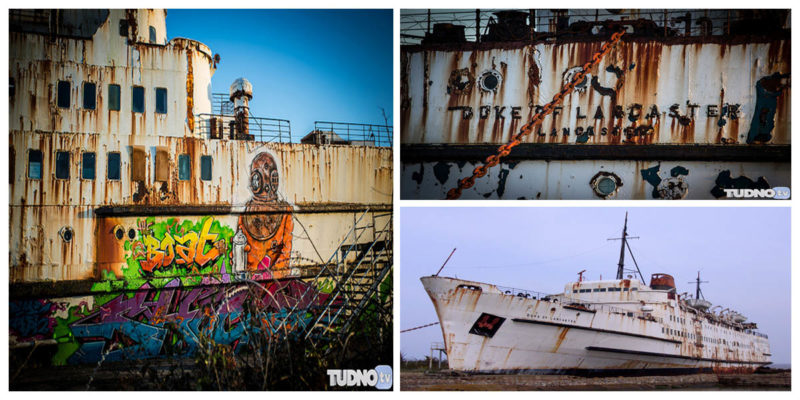She and her sisters the TSS Duke of Argyll and the TSS Duke of Rothesay were among the last of the passenger-only steamers that were built for British Railways, which back then was also a ferry operator. The TSS Duke of Lancaster was much larger than the ship she replaced, the RMS Duke of Lancaster, which was built by the London Midland and Scottish Railway in 1928.
She now lays abandoned and slowly decaying on the Welsh coastline. Even though a large part of her body is covered in rust, the total condition of the ship is more than good. She was even featured in the BBC documentary Coast.
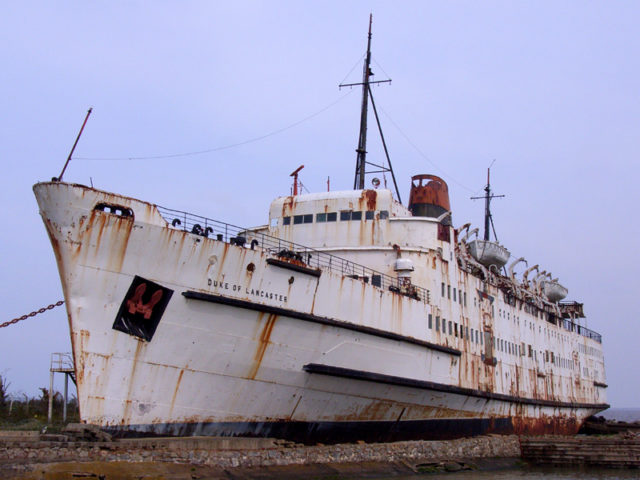
She was built in Belfast by Harland & Wolff and was delivered ready for service in 1956. She began her life alongside the Argyll and Rothesay on the Heysham-Belfast passenger ferry service, but the Lancaster was outfitted differently to her sisters to enable her to operate as a cruise ship too. Given her capacity and power, the TSS Duke of Lancaster was capable of traveling to diverse locations such as Belgium, Denmark, the Scottish Islands, Netherlands, Norway and Spain carrying up to 600 first class and 1,200-second class passengers.
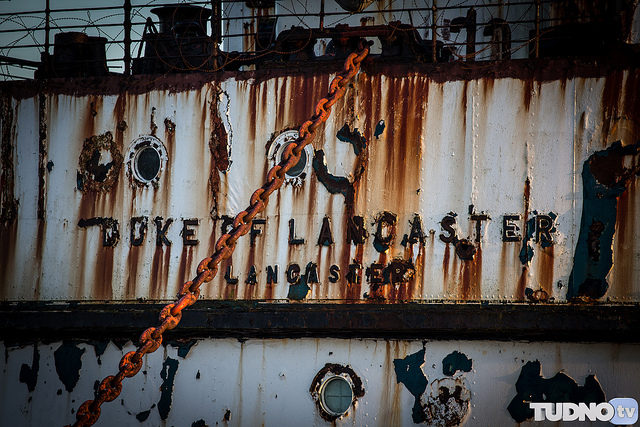
In the 1960s, the railway steamers started to gradually be superseded by car ferries. In order for British Railways to be able to stand against its competition, a program of converting some of their ships was undertaken to meet customer demand for the increasingly popular style of ferry, rather than taking the more expensive option of replacing their whole fleet.
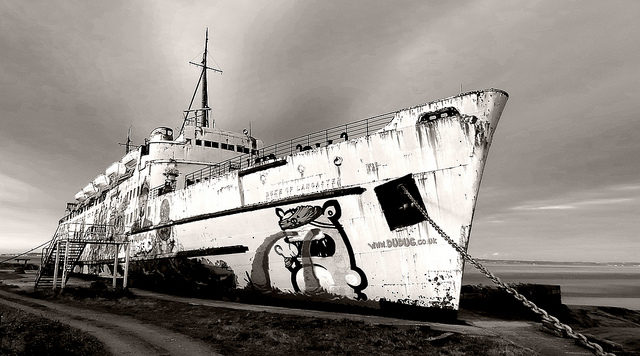
The TSS Duke of Lancaster’s cruising trips were put on hold while the fleet was upgraded. She was refitted in her turn with the main deck transformed so that she could accommodate vehicles via a door at her stern.
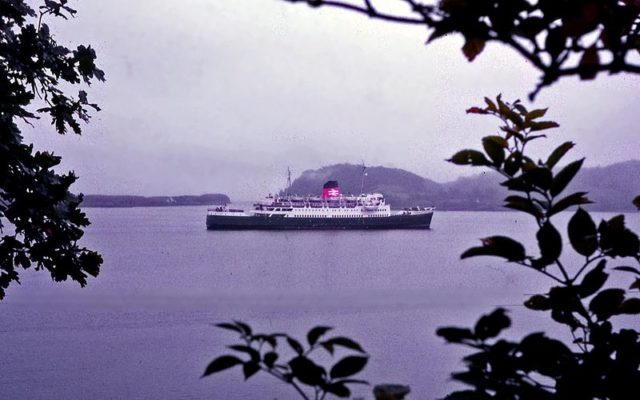
She was ready to get back to the water on 25 April 1970 and did so under the new Sealink brand. She was now able to transport some 1,200 single-class passengers and more than 100 cars, including cabin accommodation for 400 passengers.
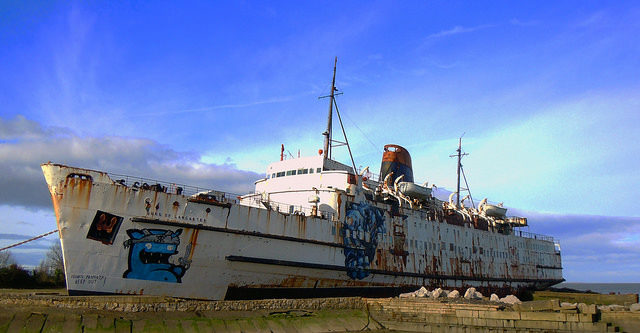
And so the three sisters continued to do their job up and down the Heysham-Belfast route until the service was canceled on 5 April 1975. The Duke of Lancaster was briefly appointed to run on the Fishguard-Rosslare crossing, and then she became a regular vessel on the Holyhead–Dún Laoghaire route. She remained there until November 1978.
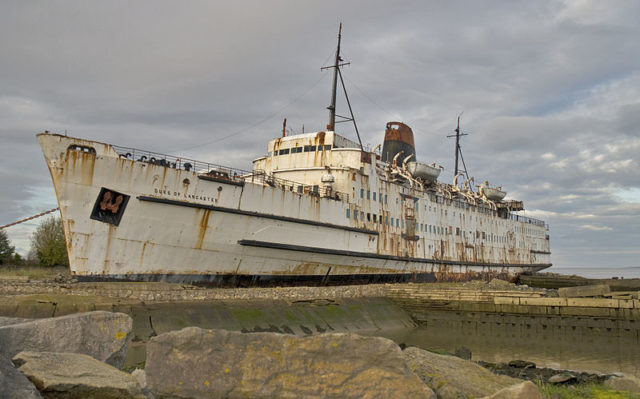
After her last voyage, she was docked near Mostyn Docks on the River Dee in north east Wales. The TSS Duke of Lancaster was purchased by Solitaire Liverpool Ltd who had plans for her to become a leisure attraction, including a market and hotel. Problems with obtaining planning permission and legal disputes with the local authorities meant that the Fun Ship project was unsuccessful.
The owners eventually walked out on the Fun Ship, but not before 50 arcade machines were installed on one of her decks.
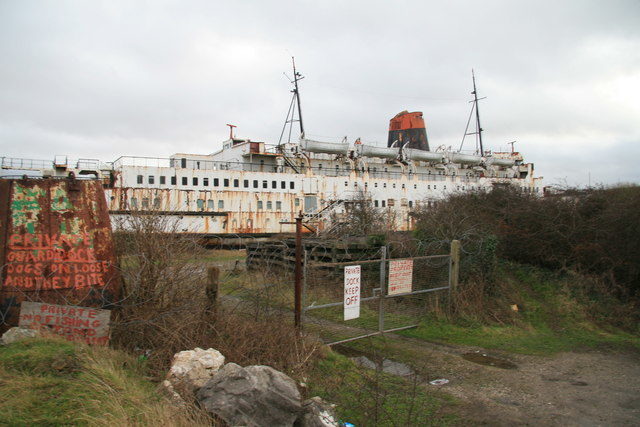
The ship was abandoned with everything left onboard exactly as it was. Somehow she was accessed by a group of urban explorers and in 2011 the pictures they took were spotted by an avid arcade game enthusiast. He was eager to get his hands on the retro machines and, after finally tracking down the owners, struck a deal to buy them.
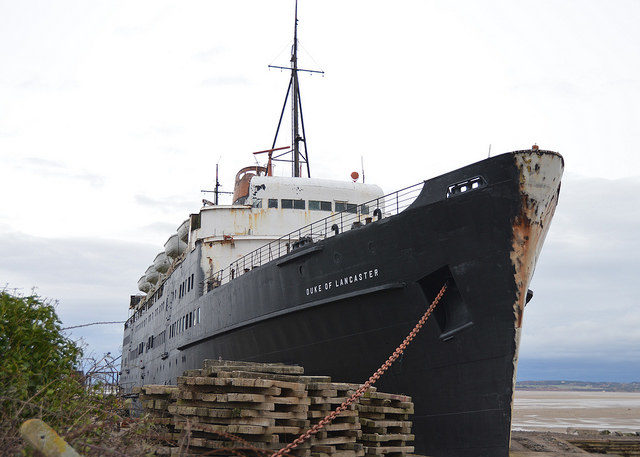
Soon realizing that the only way to remove the arcade games from the ship would be to use cranes and similar heavy lifting equipment, he got together with some local arcade game collectors early in 2012 to do just that. The classic coin-operated machines were sold to collectors around the world to be lovingly restored to their former glory.
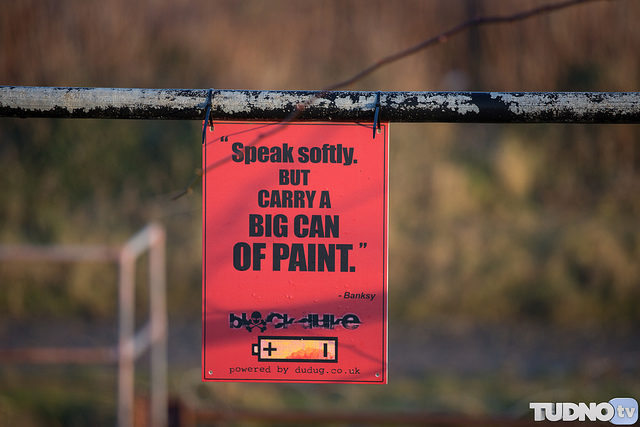
One of the future plans for the Duke of Lancaster was to transform her into the largest open air gallery in the United Kingdom. The famous Latvian graffiti artist Kiwie was commisioned to spray paint a design on the ship. The first phase of covering the ship with graffiti was to paint murals on her between August and November 2012.
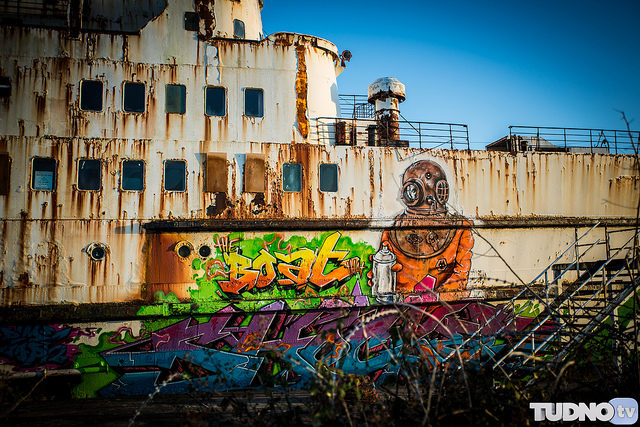
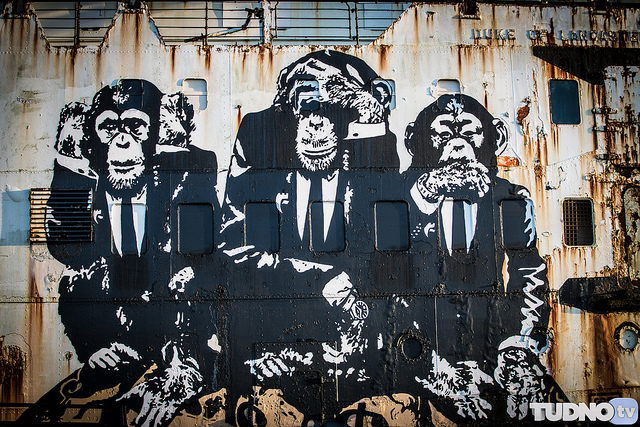
Kiwie and a group of European graffiti artists successfully finished phase one. When the second phase started on at the end of March 2013 it included the work of other famous artists such as Spacehop, Dan Kitchener, Snub23 and Dale Grimshaw. One of the murals is a portrait of the ship’s first captain John ‘Jack’ Irwin.
